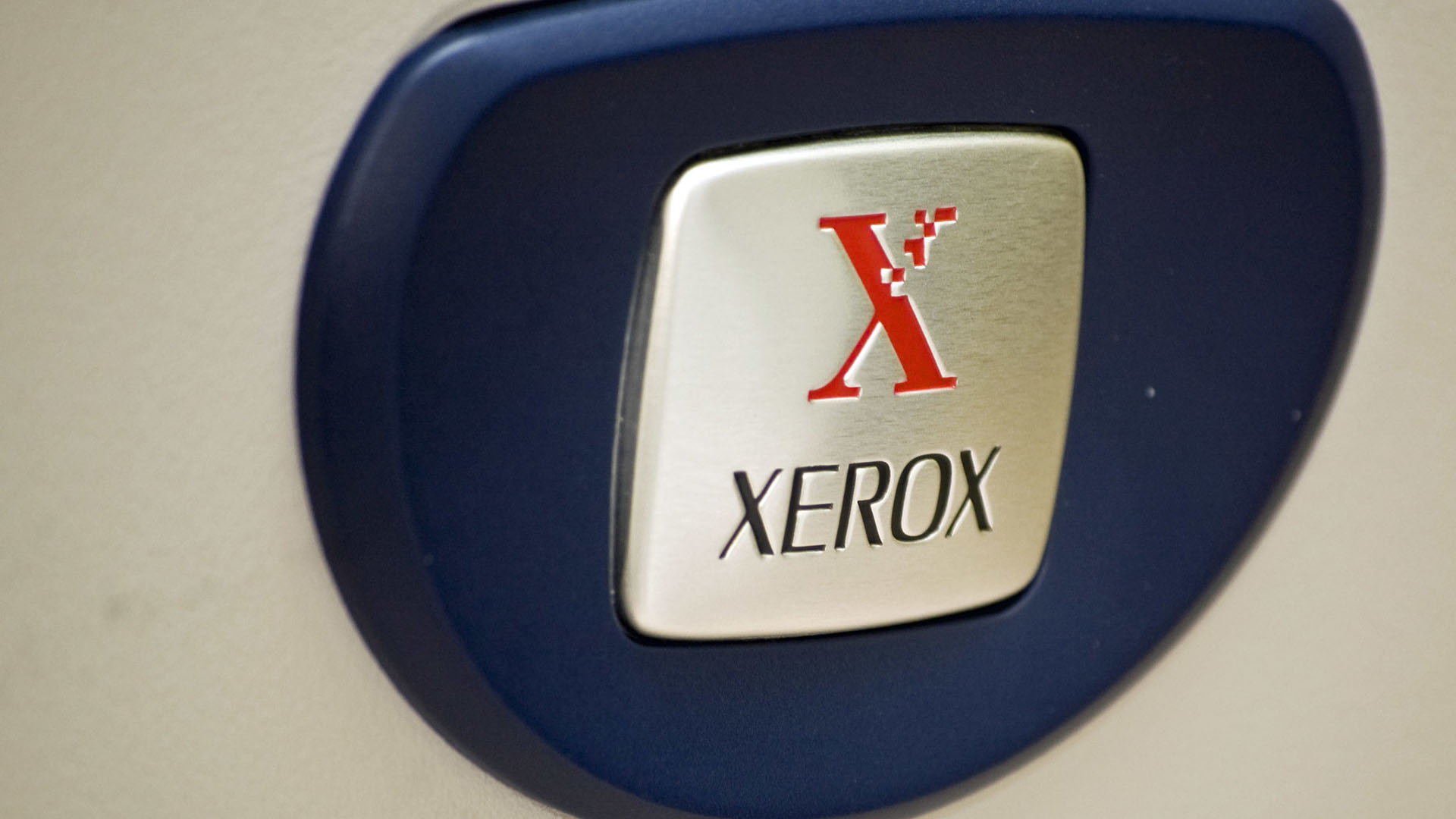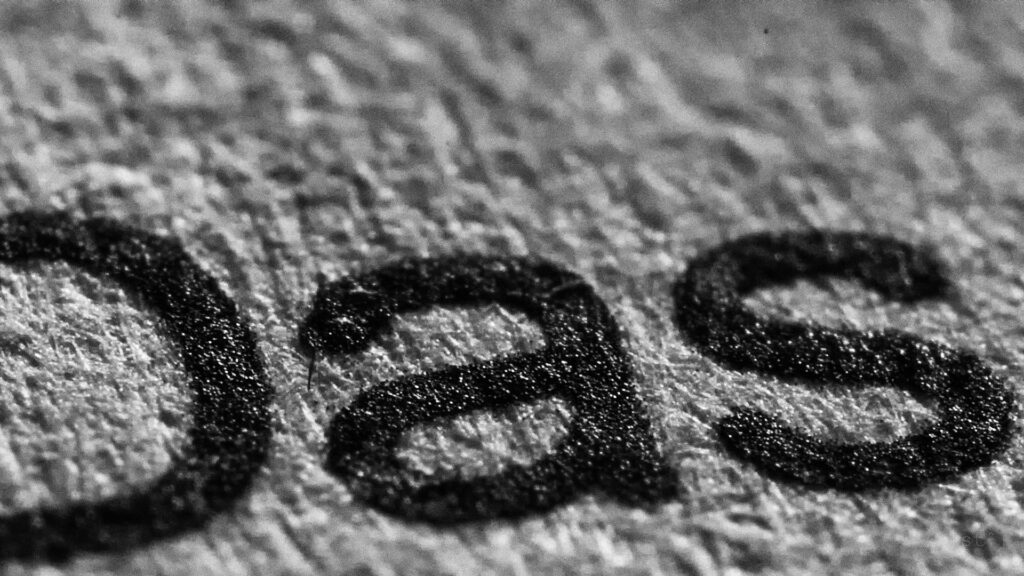
The Xerox printer and copier brand did not choose to be called that by chance. Its name reflects a major development in the history of printing.
The Internet is sometimes described as a virtual world, in opposition to the real world, which has a physical existence, a consistency. But the Internet isn’t as ethereal as you might think at first glance: it needs servers and cables, routers and cell towers. Exactly like the cloud moreover: we can believe that the data is “in the air”: it is in fact located in huge data centers.
The fact remains that a world made of bits and another made of atoms coexist. And gateways exist from one world to another: printers make it possible to materialize digital documents on a sheet of paper, by transcribing texts and images with ink or laser printing. And in this area, Xerox is one of the heavyweights, alongside companies like Canon, Lexmark or HP.
A reference to a printing technique
The identity of Xerox is also closely linked to the history of printing. Indeed, its name refers to the laser printing process, called xerography – a technique that is also referred to by the term electrophotography. The company was not always called that, however: when it was founded in 1906, the company started by Joseph C. Wilson was called The Haloid Photographic Company.
It was in 1958 that the company changed its identity for the first time, renaming itself Haloid Xerox, then into Xerox in 1963. Why such a radical change? Because in the meantime the American physicist and engineer Chester Carlson invents the technique of xerography, which makes it possible to produce dry copies of a document, instead of copies damp because of the ink.

This discovery dates from 1938. Moreover, xerography etymologically designates in Greek dry writing (“xero-” means “dry” and “graphy” (“grapho-”) refers to writing and writing. This is completely consistent with what electrophotography allows, which exploits the properties of certain bodies under the effect of light.The definition of Larousse sheds light on the mode of action of xerography:
” Particular technique for obtaining printing forms under the action of light. Light produces an electrically conductive image on the surface of a normally insulating substance which attracts a powder. The latter, fixed, constitutes the printer image “. This solution did not only benefit laser printers. Other devices, such as photocopying and faxing, have also taken advantage.
The existence of this technique eventually reached the ears of Joseph Wilson, and in 1946 an agreement was reached to result in a commercial machine. The growing influence of this technique in the activities of The Haloid Photographic Company will eventually convince the management to change its identity. The very first xerographic printer model, the Xerox Model A, was released in 1949.



